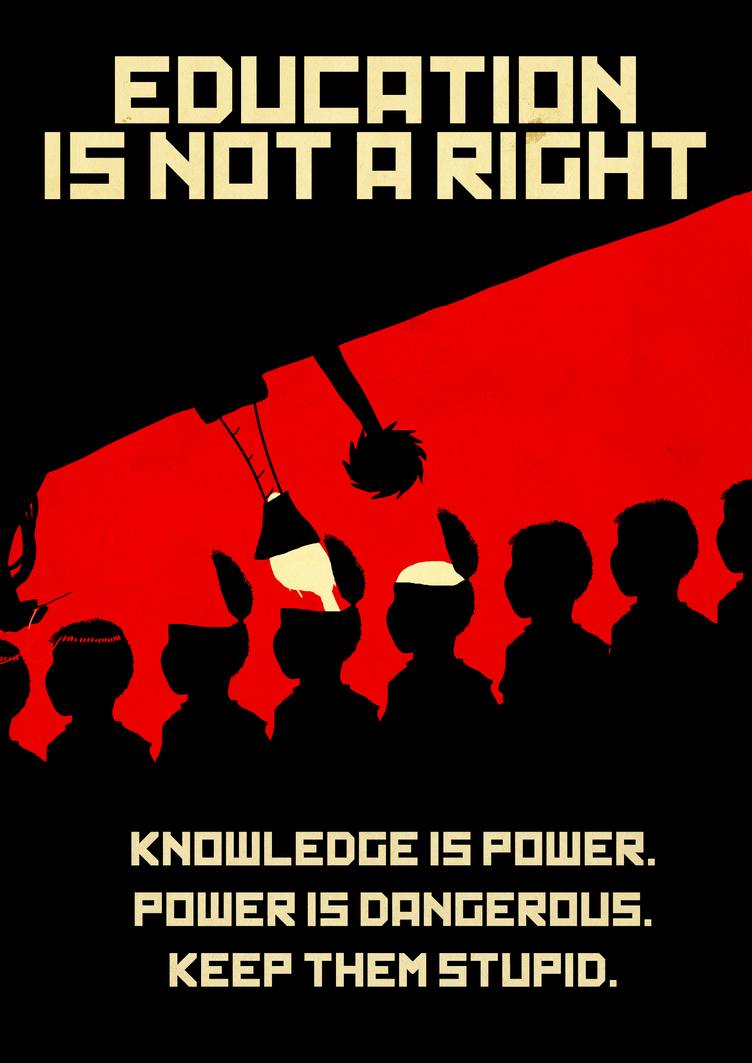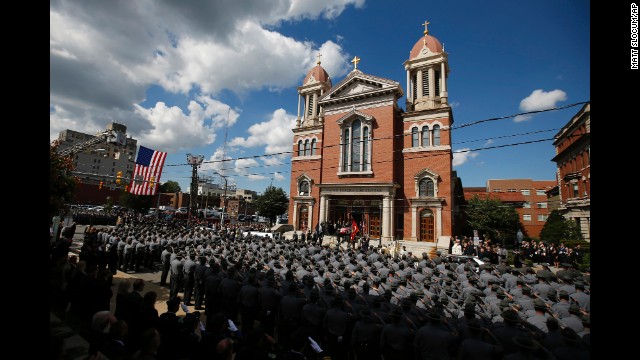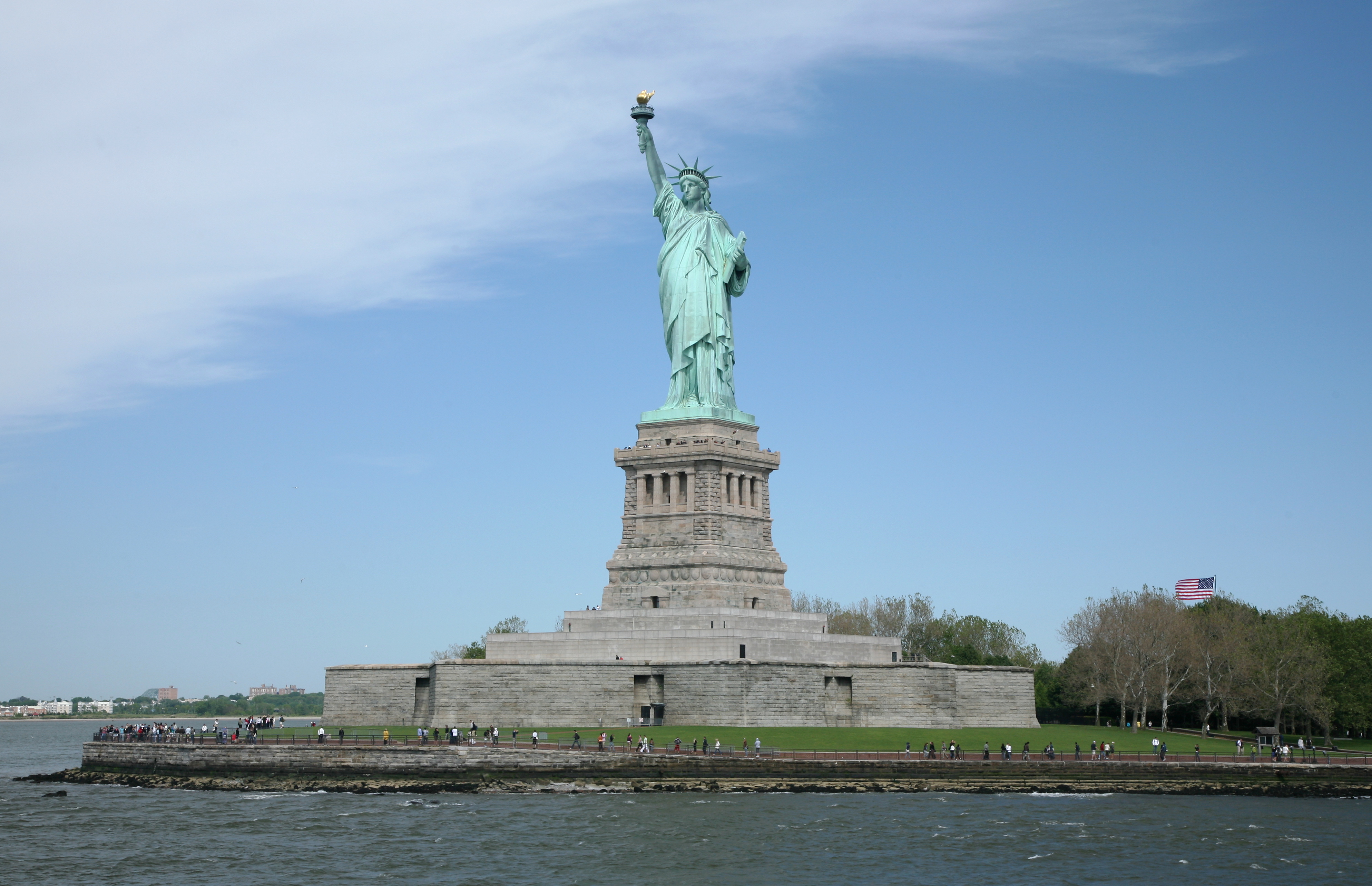The Jeffco Public Schools in Golden, Colorado made national headlines this week when students and teachers staged a protest over proposed curriculum changes in AP American History. It seems that a school board member asked for more instructional material presenting "positive aspects" of U.S. heritage, emphasizing perspectives that "promote citizenship, patriotism, essentials and benefits of the free enterprise system, respect for authority and respect for individual rights." This board member felt that covered material should not "encourage or condone civil disorder, social strife or disregard of the law." Full text of the proposed changes can be found here Board Committee for Curriculum Review .
The school district's Mission Statement is: To provide a quality education that prepares all children for a successful future. So the question before the school boils down to this - is it a quality education if we emphasize the positives and by default downplay the role of civil disobedience?
Bravo to these students and teachers. We Americans ought to cheer them, and their ultimate right to be able to stage the protest in the first place.I'm a believer in the power of some righteous disobedience. America was founded by rebels and upstarts who wanted to break away from the motherland, and I smile as I write that.
 If we take the school board member's proposal for 'positive aspects' to its logical conclusion, the Boston Tea Party, the Declaration of Independence, and the American Revolution would have to be cut from the curriculum. So too the Constitution and the Bill of Rights because of their unprecedented and inflammatory statements - all men are created equal and other such novel concepts. Likewise, if all history had to be fed through a 'positive aspects' filter it would be impossible to discuss the Wild West, issues of slavery, voting rights, Civil Rights, or American involvement in any war.
If we take the school board member's proposal for 'positive aspects' to its logical conclusion, the Boston Tea Party, the Declaration of Independence, and the American Revolution would have to be cut from the curriculum. So too the Constitution and the Bill of Rights because of their unprecedented and inflammatory statements - all men are created equal and other such novel concepts. Likewise, if all history had to be fed through a 'positive aspects' filter it would be impossible to discuss the Wild West, issues of slavery, voting rights, Civil Rights, or American involvement in any war. Colorado is not alone. Texas has voted to limit AP US History to its state-approved curriculum, and not use the national curriculum and exam administered by the New Jersey-based College Board.
The College Board, the overseer of Advanced Placement courses which students can take for college credit, has said revisions are planned to its national AP US History curriculum. In the meantime, they have come out in support of the student protests.
A biased approach to historical facts results in a spoon-feeding of a particular viewpoint. That is propaganda. And propaganda is not acceptable in the America that we ought to be.



.jpg)

